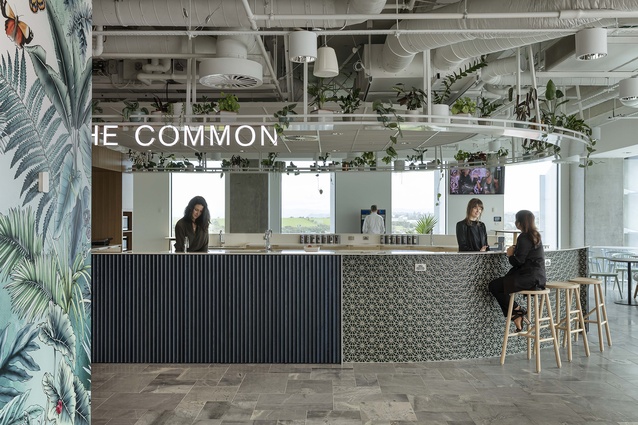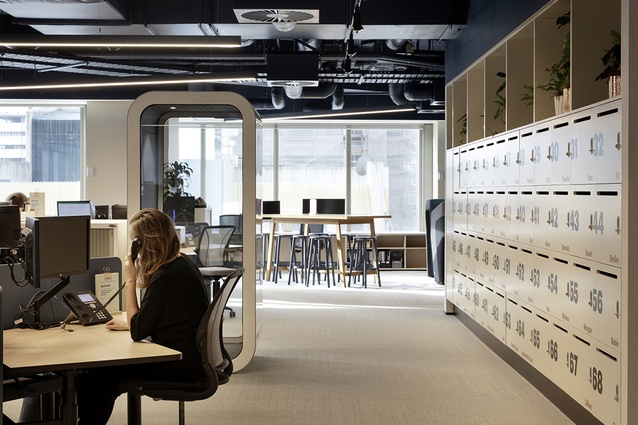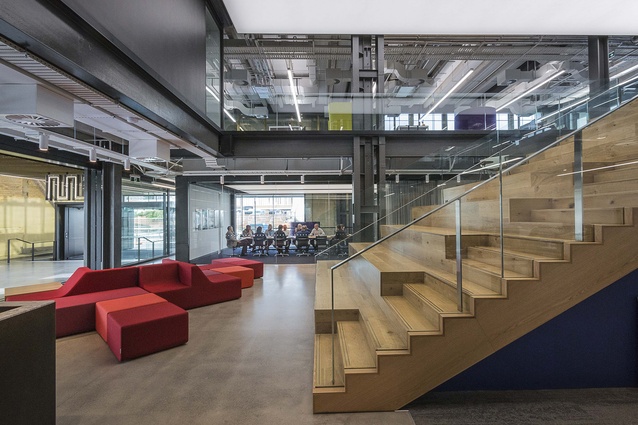Post-pandemic design: Scott Compton on the future of workplaces
Principal and interior and workplace specialist at Warren and Mahoney, Scott Compton, muses: Is this the start of the workplace as we should want it to be?
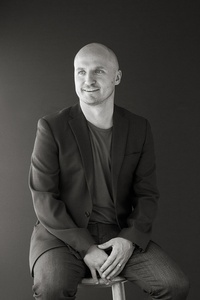
There appears to be some hyperbolic journalism circulating the design media currently about the post-COVID-19 ‘end of the workplace as we know it’ and ‘death of the office,’ which are frankly overstatements born from anxiety and trepidation of the unknown future.
My own perspective leads me to believe, as Bill Gates stated recently, that this moment is a leveller for humanity, a global reminder that we as humans have become complacent about nearly every facet of our lives – starting with health, the environment, and now totally resetting our understanding of what it means to be social.
What does it mean for the workplace? It is hard to say, but I can tell you this, it will not be a design-led response that changes our communities, it will be a long overdue behavioural response that I firmly believe will pivot around the following ideals:
Awareness and purposeful use of spaces
For many years there have been designed systems in place to enable workers to choose how they undertake their tasks at work; Activity-Based Working and Agile are examples. We can now add to this the significance that working from home can have on a work style.
In a pre-COVID world, these methods were viewed with some cynicism, as embellishment rather than necessity, as inefficient and disorientating. This was largely down to one having to think about what we do before we do it and not necessarily knowing where everyone was at any one particular moment. It all required too much thinking for most, a task too complex and unnecessary.
One suspects that in a post-COVID world, those alternate methods will begin to excel. Users will be far more conscious of what they need to undertake the task at hand in the future and thus, choose from the available spaces with a real purpose, and that includes our homes. Yes, there may be a drop in occupancy in workplaces, but surely, as we have learned, this is how work should be – purposeful and practical.
If we can hold our important meetings from home in the lounge and take a one hour walk straight after to ingest the knowledge, then we should. Conversely, if it is necessary that we come together, we will think hard about the practicalities of why. This is where the new workplace is going to thrive: the creation of necessary task space with its primary purpose in mind. Our awareness of what we really need to work will be heightened. Employers need to think hard about how they listen and respond, as it may define the future of the workforce they are able to attract.
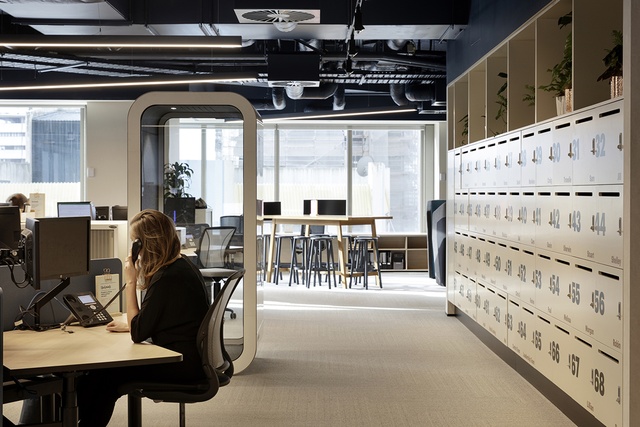
Mindfulness and respect
Workplaces are interesting ecosystems. They are, by and large, treated with a great deal of disregard by occupants. This is in part due to the fact they are serviced; someone else removes and manages waste, someone else cleans, someone else will tidy and reset the meeting spaces. Users stop caring as they believe it is someone else’s responsibility to do those tasks.
Post-COVID, humanity will return, and people will think more about where they have been, where they are going and what they leave behind. Cleanliness, tidiness and general care will take centre stage as respect returns to the social systems. We will care more about our peers, we will care more about our environment, we will choose to be more mindful of others in general, right down to how we greet each other. With handshakes and hugs off the menu, what customs will evolve to show our respect and care for others?
It’s exciting to think that we must reset these behaviours and think before we act. This is a new dawn for humanity in the workplace and a long overdue realignment of our values. One only hopes that this manifests in the climate and environment in general.
What being social really means
The term ‘social distancing’ is misappropriated and misleading – what we mean is physical distancing. Isolation is also primarily a physical act, not necessarily a social one. This isolated behaviour has taught us something important about ourselves: that being social is not about being present in the physical sense, it is about being present in the mental sense.
Pre-COVID, there were lunch breaks and tea breaks at fixed periods, often longer and intensive – all our social interactions were concentrated. That means getting around to as many of your peers or friends in a fixed period during a work-orientated day. How do you bond with a peer if you only get a single ‘sprint’ per day to do so? What if this does not work with my programme of meetings, etc. It is a workplace equivalent of speed dating – a one shot deal at social bonding.
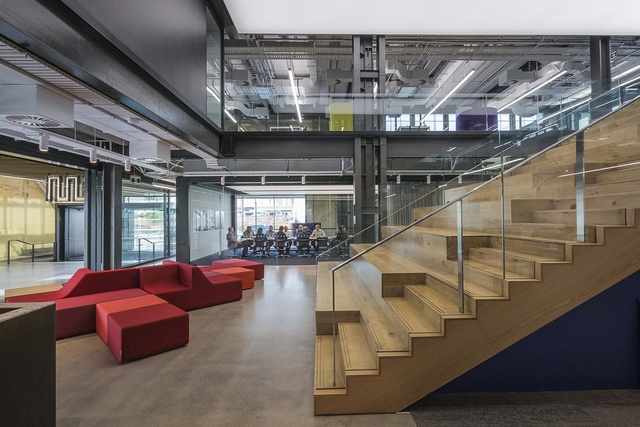
COVID-19 has brought us closer in a unique way. Short and regular catch-ups structured around one’s wellbeing appears to be the common practice in a video conference world. Time is not the issue; you just make the time to talk because you care. Because our day is not structured around a routine requirement to be somewhere at a fixed moment, we feel the freedom to talk when we need to, rather than being coerced to.
This is good for our health, for our mental wellbeing and our relationships. Little and often is seen as the successful route to a healthy diet; it may also be the same route for social health. Perhaps the lunch break should die, and we begin to break the day into 10 breaks rather than one. That is a reason to come to work, to connect and feel part of something, to feel the respect and care for others, to laugh and work hard in pursuit of our shared passions.
I have high hopes and aspirations for the future of the workplace. When you combine the above thinking it begins to shape the workplace as we should want it to be: a place of practical, healthy, social purpose with the added business benefit of productive workers and quality output.

